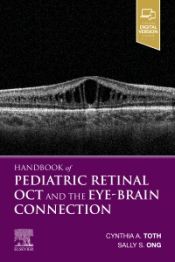Handbook of Pediatric Retinal OCT and the Eye-Brain Connection, 1st Edition
Optical Coherence Tomography (OCT) plays a vital role in pediatric retina diagnosis, often revealing unrecognized retinal disorders and connections to brain injury, disease, and delayed neurodevelopment. Handbook of Pediatric Retinal OCT and the Eye-Brain Connection provides authoritative, up-to-date guidance in this promising area, showing how to optimize imaging in young children and infants, how to accurately interpret these images, and how to identify links between these images and brain and developmental disorders.
Optical Coherence Tomography (OCT) plays a vital role in pediatric retina diagnosis, often revealing unrecognized retinal disorders and connections to brain injury, disease, and delayed neurodevelopment. Handbook of Pediatric Retinal OCT and the Eye-Brain Connection provides authoritative, up-to-date guidance in this promising area, showing how to optimize imaging in young children and infants, how to accurately interpret these images, and how to identify links between these images and brain and developmental disorders.
Key Features
- Illustrates optimal methods of OCT imaging of children and infants, how to avoid pitfalls, and how to recognize and avoid artifacts
- Explains how the OCT image may relate to brain disease and delayed neurodevelopment
- Features more than 200 high-quality images and scans that depict the full range of disease in infants and young children
- Provides guidance in identifying retinal layers and important abnormalities.
- Covers the structural features of the retina and optic nerve head in developmental, acquired, or inherited conditions that affect the eye and visual pathways
- Offers practical ways to set up imaging programs in the clinic, operating room, or neonatal nursery
- Enhanced eBook version included with purchase, which allows you to access all of the text, figures, and references from the book on a variety of devices
Author Information
| ISBN Number | 9780323609845 |
|---|---|
| Main Author | By Cynthia A. Toth, MD |
| Copyright Year | 2020 |
| Edition Number | 1 |
| Format | Book |
| Trim | 152w x 229h (6.00" x 9.00") |
| Illustrations | Approx. 425 illustrations (225 in full color) |
| Imprint | Elsevier |
| Page Count | 368 |
| Publication Date | 26 Jun 2019 |
| Stock Status | IN STOCK |
2 Basic Principles of OCT and OCTA Imaging of Infants and Children
3 Optimizing Systems and Setup for OCT and OCTA Imaging of Children and Infants in the Nursery, Clinic, and Operating Room
4 OCT and OCTA Image Capture in the Nursery, Clinic, and Operating Room
5 Analyzing Structural Optical Coherence Tomography Images
6 Identifying Artifacts and Outliers in Structural Optical Coherence
7 Analyzing Optical Coherence Tomography Angiography
8 Identifying Artifacts in OCT Angiography
9 Introduction to Age-Dependent Features in Pediatric OCT Imaging
10 Foveal Development
11 Development of Retinal and Choroidal Vasculature and Peripheral
12 Vitreoretinal Abnormalities
13 Normal Optic Nerve Head: Anatomy and Development
14 Optic Nerve Head Abnormalities
15 Introduction to Research in Pediatric OCT Imaging
16 Considerations for Neonates and Children as a Vulnerable Research Population
17 Benefit of Nondilated Imaging
18 Quality Assessment
19 Reproducibility of Imaging and Interpretation
20 Secure OCT Data Storage and Networking
21 Best Disease
22 Stargardt Disease (and Fundus Flavimaculatus)
23 Retinitis Pigmentosa
24 Other Forms of Retinitis Pigmentosa—Usher Syndrome, Leber Congenital Amaurosis, and Bardet-Biedl Syndrome
25 Albinism
26 X-Linked Juvenile Retinoschisis
27 Other Inherited Retinal Diseases
28 Retinopathy of Prematurity
29 Familial Exudative Vitreoretinopathy and Norrie Disease
30 Incontinentia Pigmenti
31 Coats Disease and Coats Plus Syndrome
32 Sickle Cell Retinopathy
33 Epiretinal Membrane
34 Infectious Retinitis: TORCH Syndrome
35 White Dot Syndromes
36 Choroidal Granulomas: Tuberculosis and Sarcoidosis
37 Pediatric Intermediate Uveitis
38 Vogt-Koyanagi Harada Syndrome
39 Inflammatory and Idiopathic Choroidal Neovascularization
40 Nonaccidental Trauma
41 Ocular Injury
42 Traumatic Macular Hole
43 Commotio Retinae, Choroidal Rupture, and Sclopetaria
44 Retinal Laser Injury
45 Retinal Detachment and Proliferative Vitreoretinopathy
46 Retinoblastoma
47 Diffuse Choroidal Hemangioma
48 Circumscribed Choroidal Hemangioma
49 Choroidal Osteoma
50 Combined Hamartoma of the Retina and Retinal Pigment Epithelium
51 Retinal Astrocytic Hamartoma
52 Retinal Capillary Hemangioblastoma
53 Choroidal Nevus and Congenital Hypertrophy of the Retinal Pigment Epithelium
54 Persistent Fetal Vasculature
55 Chorioretinal Coloboma
56 Myelinated Nerve Fiber Layer
57 Torpedo Maculopathy
58 Pathologic Myopia
59 Optic Nerve Pit
60 Optic Nerve Coloboma
61 Morning Glory
62 Optic Nerve Hypoplasia
63 Tilting of the Disc and Megalopapilla
64 Optic Atrophy
65 Optic Nerve Glioma
66 Papilledema and Disc Swelling Versus Traction Elevation
67 Optic Neuritis and Multiple Sclerosis
68 Neuroretinitis
69 Optic Nerve Head Drusen
70 Childhood Glaucoma
Related Products
-
20% OFF
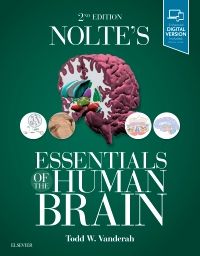 Book
Book
-
20% OFF
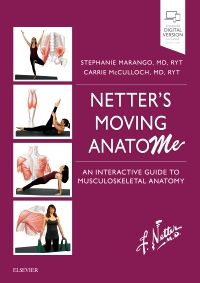 Book
Book
-
20% OFF
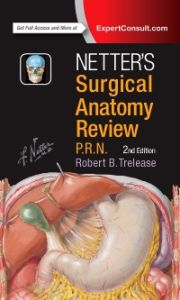 Book
Book
-
20% OFF
 Book
Nolte's The Human Brain in Photographs and Diagrams
Book
Nolte's The Human Brain in Photographs and DiagramsTodd W. Vanderah
Jan 2019
Special Price $51.19 $63.99 -
20% OFF
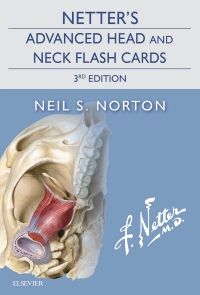 Flash Cards
Flash Cards
-
20% OFF
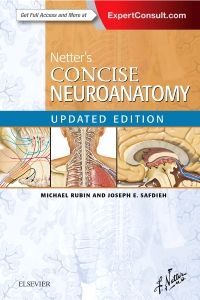 Book
Book
-
20% OFF
 Flash Cards
Flash Cards
-
20% OFF
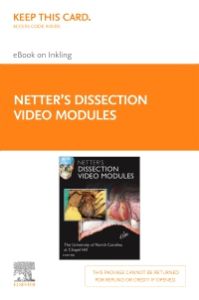 Online Resource
Netter's Dissection Video Modules (Retail Access Card)
Online Resource
Netter's Dissection Video Modules (Retail Access Card)University of North Carolina Chapel Hill and Frank H. Netter
Oct 2015
Special Price $144.79 $180.99 -
20% OFF
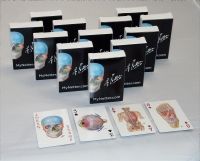 Flash Cards
Flash Cards
-
20% OFF
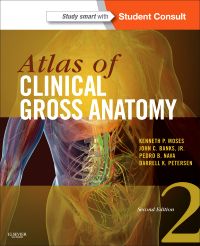 Book
Book




